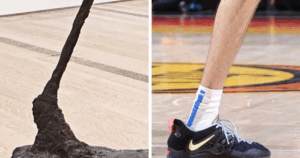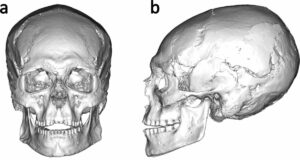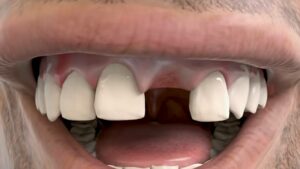Ancient Mystery Unearthed: 12,500-Year-Old Skull Reveals Europe’s Earliest Cranial Modification—What Secrets Does It Hold?
The Mystery Of Why The AC12 Skull Was Modified

T. Mori et al./Scientific ReportsThe elongated skull, as it was when it was first uncovered in the 1940s.
While scientists do not know exactly why this type of modification was practiced, it’s likely that the reasons, and the cultural significance behind them, varied across peoples and regions.
“Cultural body modification was likely an ancient and widespread practice,” study co-author Irene Dori explained to Live Science. “It may have been one of the several practices used to express identity and transmit social norms.”
The AC12 skull was not the only example of body modification uncovered at the Arene Candide Cave archaeological site. Some remains of teeth have revealed that some people may have decorated their faces with cheek plugs.
However, it’s difficult to tell how common modifications like ACM or cheek plugs were in the region because many of the skulls and other remains are fragmented.
Arene Candide Cave is not the only region where evidence of ACM or other modifications have been unearthed. There is evidence of ACM in Asia dating back 11,600 years, as well as evidence of the practice in Australia from more than 13,000 years ago. ACM was also widely practiced throughout Central and South America.
“It is possible that this practice arose independently in different regions,” Dori said. “The available evidence does not allow us to determine definitively whether cranial modification was independently invented or culturally transmitted between groups.”














Post Comment